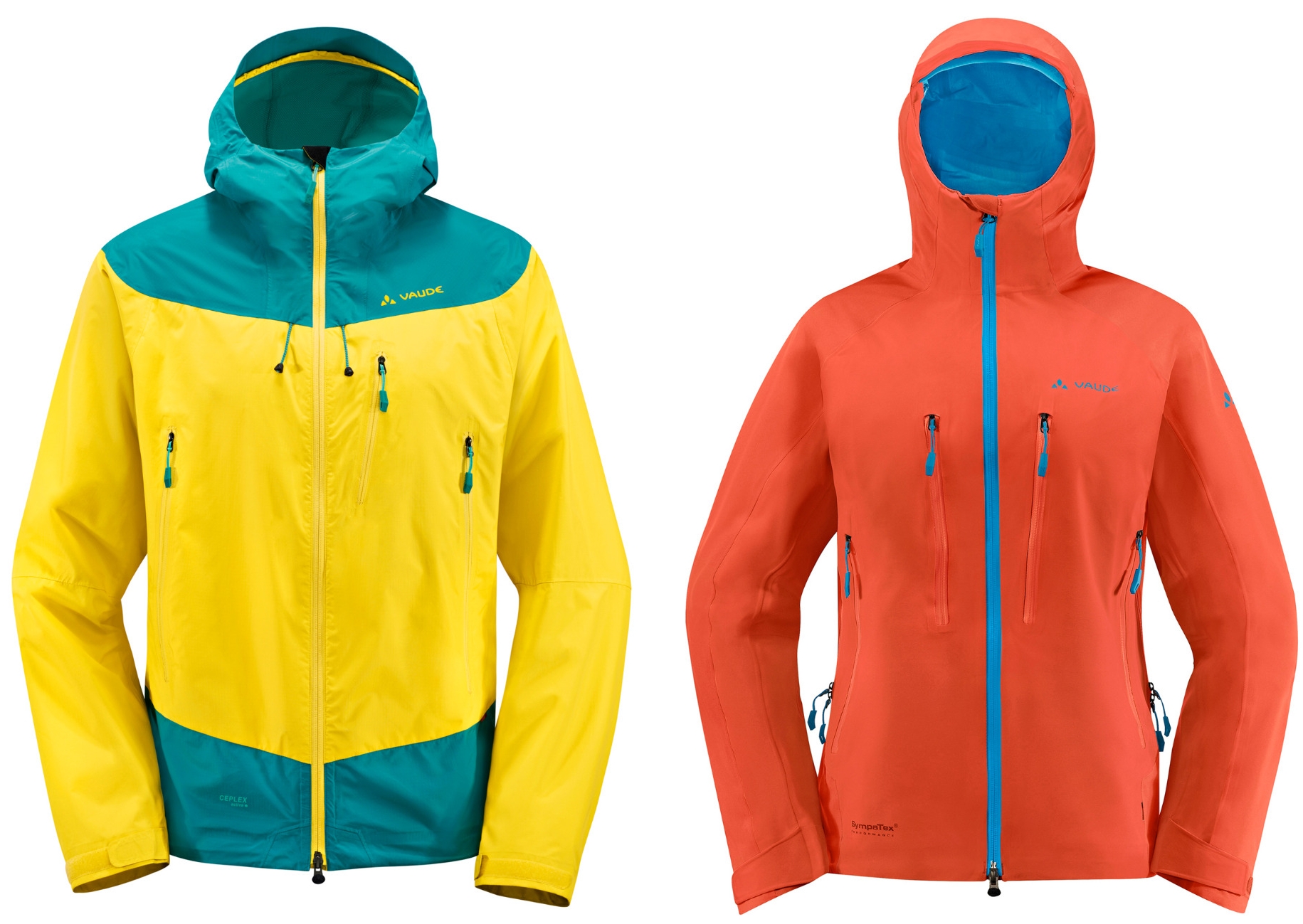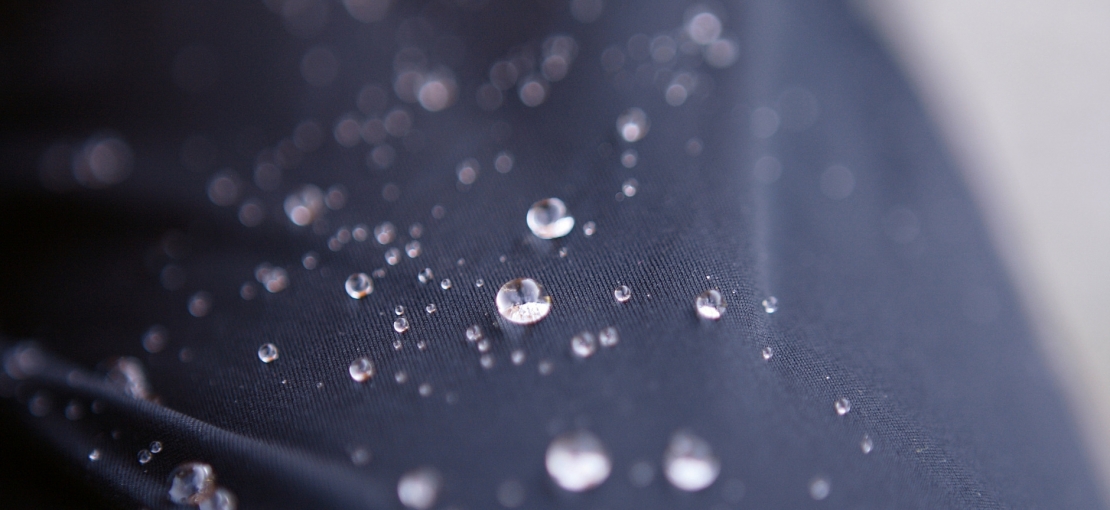
Strategy against excessive chemicals
Balance between "Performance" and "Ecology"
Outdoor products are so popular precisely because of their water and dirt-repellent properties. This functionality can only be achieved with the help of chemical substances.
Poly-and perfluorinated chemicals (PFCs or fluorocarbons) have played a major role in waterproofing in the outdoor industry thus far. PFCs are used on the surface of outdoor clothing, sleeping bags, tents and footwear to allow water and dirt to run off these products.
VAUDE uses only PTFE-free membranes
PFC is required as an aid for the production of PTFE (polytetrafluoroethylene) membranes. VAUDE has used only PTFE-free membrane for years.
Polytetrafluorethylene (PTFE) is a fluoropolymer that has been criticized increasingly in recent years because one of the fluorine compounds needed for producing PTFE is bioaccumulative and persistent, and suspected to be carcinogenic: Perfluoroctane Acid (PFOA). In addition, when disposing of textiles with PTFE-membranes without elaborate special treatments, toxic fluoro-compounds can be released into the environment, typically hydrofluoric acids and perfluorocarbons.
VAUDE is becoming completely PFC-free
Impregnation is a must: Durable Water Repellency (DWR) is used on the surface of outdoor clothing, sleeping bags, tents and footwear to cause water and dirt to bead up on these products. Without this surface treatment, water and dirt do not bead up, but rather soak into the fabric which leads to a clammy wet feeling for the wearer, despite the waterproof membrane.
VAUDE has voluntarily agreed to become fully PFC-free across the entire collection no later than 2020.
Open communication about PFC
Poly-and perfluorinated chemicals (PFCs or fluorocarbons) have long been known as a critical issue in outdoor products. Also, in the Greenpeace "Detox" campaign, this is a hotly debated topic in public. Open communication about it is very important to us.
Video published: 2nd November 2012
VAUDE has long been working proactively on the full elimination of fluorocarbon use. On the one hand, VAUDE has been exclusively using PTFE-free membranes for years. Secondly, we are working hard to try to find functional PFC-free alternatives and gradually converting the entire collection. The decisive criterion is Durable Water Repellency (DWR).
Despite our diverse measures for safe and environmentally friendly products, we continue to have water-repellent products with PFC technology in our range. We are working hard to completely eliminate the use of PFC.
PFC-free with Eco Finish
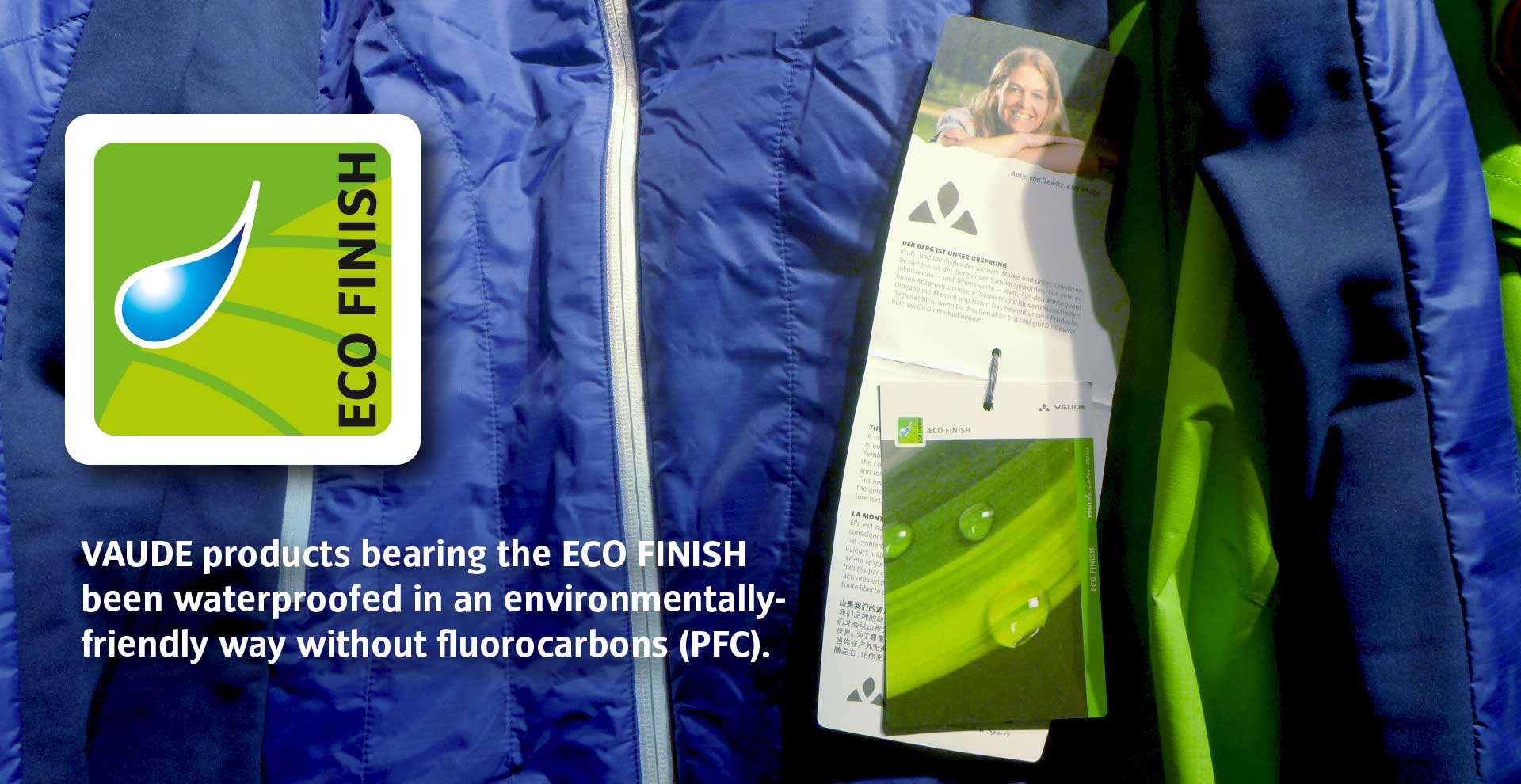
DWR-usage in the VAUDE apparel collection:

PFC-free apparel Winter 2014 & 2015
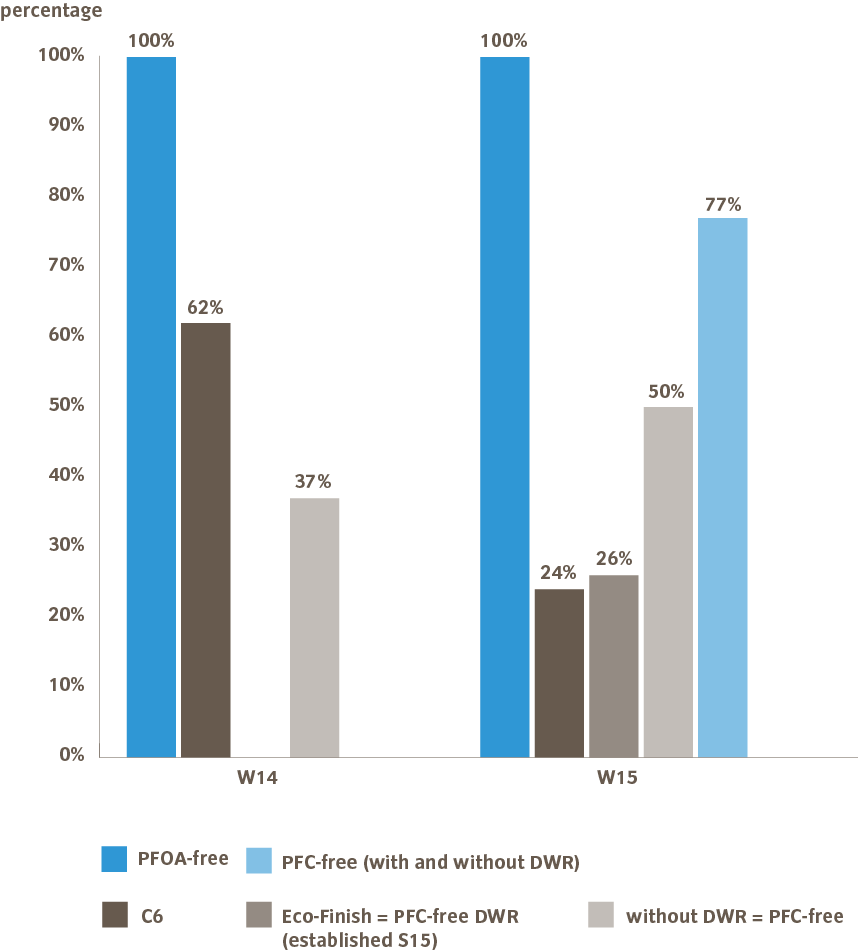
Eco-friendlier alternatives
As a bluesign® system partner, the bluesign® Restricted Substance List however also applies to VAUDE products, strictly regulating the use of PFCs and setting strict limits for products.
Years ago, we made a clear decision against the use of PTFE membranes in all products (the manufacture of which requires PFC’s) and use PTFE-free membrane exclusively. Our alternatives:
- Sympatex: Made from polyetherester (PE). This hydrophilic "guaranteed green" membrane ensures a optimal level of breathability, 100%wind and waterproof and is further thermo-regulating. It is 100% recyclable, bluesign® approved and has the "Oeko-Tex-Standard-100" certificate. In addition the membrane is PTFE-free and PFC-free.
- Ceplex: Our well-proven, in-house polyurethane membrane is 100% fluorocarbon free.
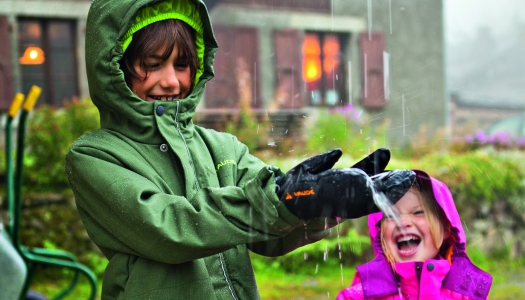
|
Step by step we switch impregnation to PFC-free technology, too. |
C6-DWR is widely referred to as an environmentally friendly alternative to C8-DWR. C6-DWR has just 6 carbon atoms and cannot create PFOA. However, C6 technology is distributed even more quickly over global waterways and is more difficult to remove from drinking water.
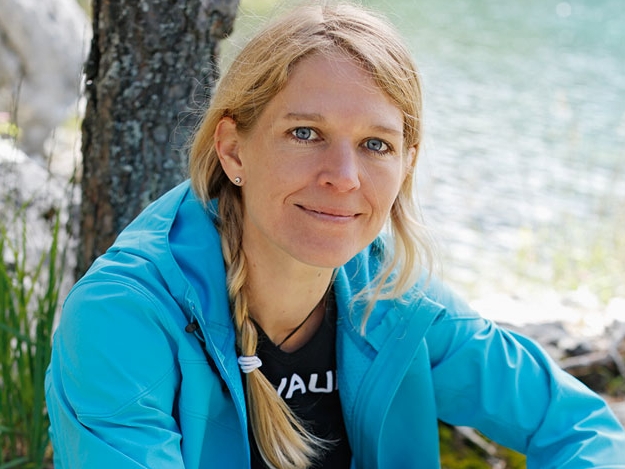
CEO Antje von Dewitz about this topic:
»Starting with the Clothing Collection Summer 2014, VAUDE uses PFOA-free DWR exclusively. All water resistant products are completely PFC-free since the summer 2015 collection. Those are labelled with the VAUDE Eco Finish hangtag. In waterproof products, VAUDE has replaced the C8-DWR with C6-DWR as a first step, because the PFC-free DWR unfortunately do not perform sufficiently yet. We see this only as a bridging technology, that is, as an intermediate step on the way to a complete phase-out of PFC. This is our goal.«
VAUDE is working diligently on the full elimination of fluorocarbon use and is in the process of gradually converting the entire collection. This should be implemented by 2020 at the latest.
The challenge for us as a manufacturer is to find the right balance between "performance" and "ecology". The decisive factor here is also the awareness and attitude of our customers, and the extent to which they will be willing to forego the usual functionalities of products on behalf of the environment - see "Customer Responsibility".
Detected PFOA traces even in Antarctica
The most criticized substance is called PFOA (perfluorooctanoic acid). This substance does not naturally exist in nature, but has now been detected around the world, even the Antarctic. Traces of PFOA can also be found in finished products such as jackets.
PFOA arises in the manufacturing process of DWR based C8 technology (8 carbon atoms). It is also believed that an important raw material for the production of C8 manufacturing, Fluorotelomer alcohol (FTOH) decomposes into PFOA in the environment.
PFOA is therefore considered as an especially dangerous PBT-substance:
- P = Persistent (does not degrade)
- B = Bio-accumulative (accumulates in the body)
- T = Toxic (poisonous)
The European Union is currently working on a ban of perfluorooctanoic acid (PFOA), but there has been no legal limits thus far. Norway introduced limits on 1 June 2014.
Through the food chain into organisms
For the user of outdoor products made with PFC, there are no risks based on current knowledge. However, in the manufacturing process in the production countries, in the subsequent washing of the finished product as well as in the disposal of the product, PFC substances pose a risk to health and environment. They accumulate in the environment and in the human body through the food chain, and are not biodegradable.
| GRI: | PR6 |
| GRI: | L 12 |

